Hello artists, I feel like I’ve posted a little too much about painting in the last few weeks and thought, Why not go back to drawing a bit, especially pencil drawings and sketches?
When I first started with art as a child, I was inspired by my dad’s pencil and charcoal drawings. He has a good eye for value and can make amazing drawings using pencils. On the other hand, I’m a huge color person. I love my palettes and I find paint super therapeutic. However, throughout the years, I grew pretty tight on schedule and I realized that the idea of painting daily is very unrealistic for the life I am living, and to keep the habit of practicing art every day, I decided to make sketching and pencil drawing part of my daily routine which improved my drawing skills and taught me so much about it.
So in this article, I will be sharing with you tips to walk you through what you need to know so you can improve or get started with pencil drawing for beginners.
This page contains affiliate links, meaning I earn a commission if you use those links. Please read my Disclosure for more details.
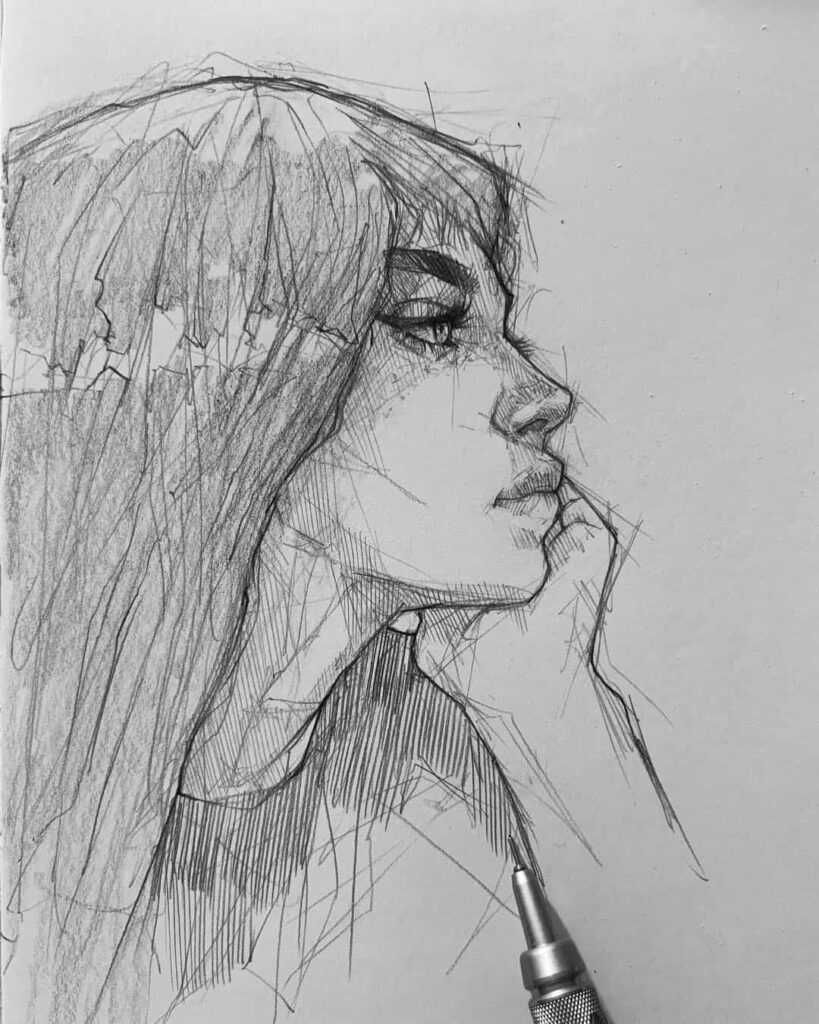
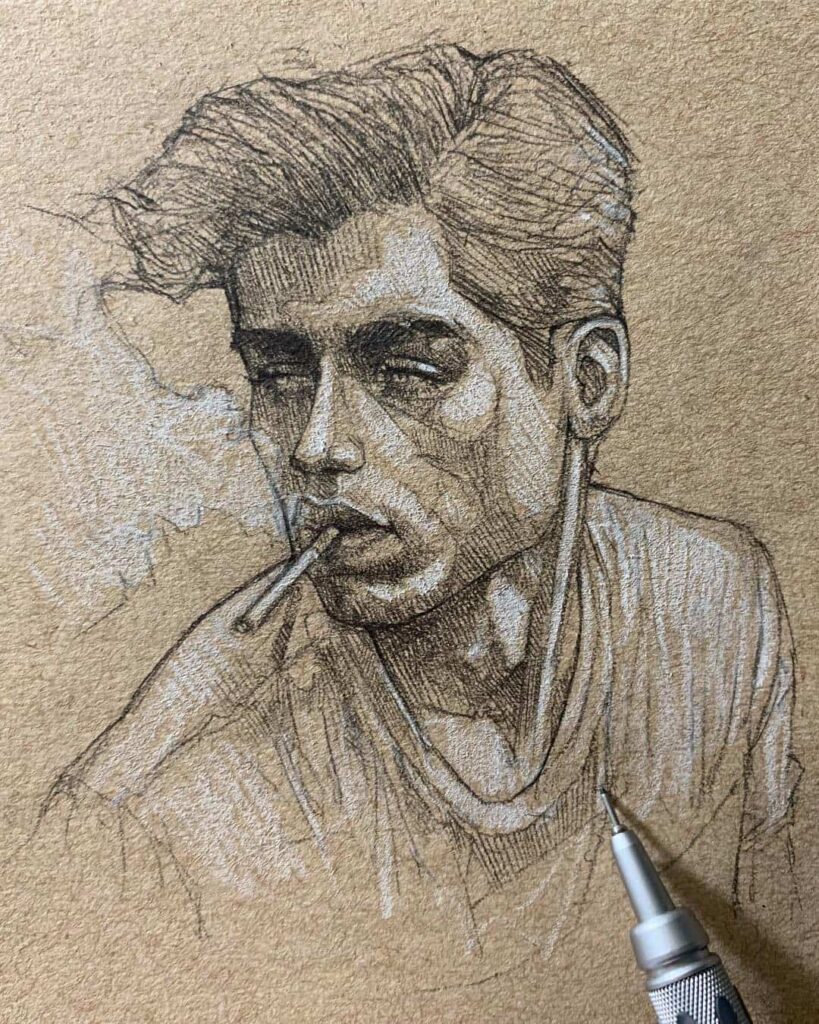
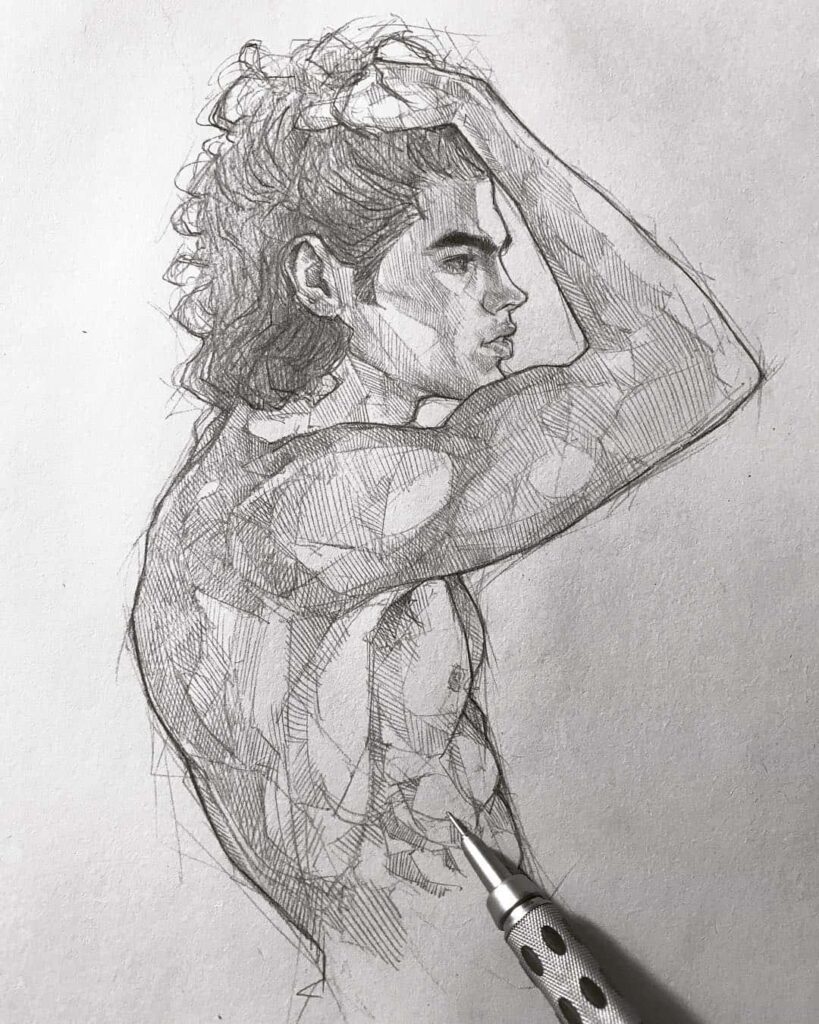
What do I need to start pencil drawing?
Material-wise, you technically need pencils and good paper to draw on.
Best Pencils for Pencil Drawing Beginners
You might have seen tons of tutorials online about all the different numbers of pencils and other supplies you need in order to start drawing. But if you want my advice, I think a beginner could start with anything. Any pencil will do the job.
I first started drawing using basic pencils I got at the craft store, and then about 2 months later, I saved up enough to get this mechanical pencil from Amazon. I highly recommend it; it’s extremely durable and very comfortable to hold, and the eraser is actually efficient and causes no smearing. I get the 0.5 lead because it’s perfect for both drawing and writing on planners. Also, getting a mechanical pencil will save you money on pencil sharpeners and erasers.
Once you have gotten used to drawing with a mechanical pencil, you can start building up your collection. Different numbers on pencils mean different things, like opacity, level of blackness, level of roughness…
Here’s what the letters on the pencils mean:
B stands for "black". These pencils are soft. H stands for "hard". HB stands for "hard black", which means "medium hard". F stands for "firm". If the alphabet is preceded by a number, it means different levels of how black, hard or soft the pencil is.
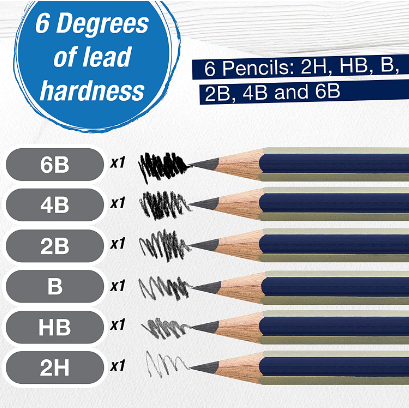
This Faber-castell set is perfect for beginners and very affordable.
This one right here is another favorite of mine, and I had a bunch of people asking about where to get it from after a video I posted on Pinterest!
Last but not least, if you make the choice of getting a fancier set that comes with pencils, sharpeners, blending stumps, erasers, and so on. You can get this set from Amazon.
Best sketchbooks for beginners in pencil drawing
Now the paper you actually draw on matters so much more than the pencils you’re using. Papers come in different textures and weights; some of them are great for pencil drawing because they are thick and textured, and others suck because they are super thin. The moment you try to erase a mistake you made, you risk ruining the whole thing and making holes in your cheap paper. And for that, I recommend you get papers that go anywhere above 135 gsm.
‘Cartridge’ paper is the standard type of paper that pencil artists use for pencil and graphite drawings. It has just enough grains to produce a pleasing, slightly textured pencil line. Most sketch pads with cartridge paper are white, but some brands produce an off-white, which is warmer and prettier, in my opinion.
I personally bought this Premium sketchbook. It is one of the best on the market.
And whenever I want to get an off-white sketchbook, I buy this Strathmore 400 one.
How to actually start practicing pencil drawing
1- Draw and sketch basic shapes
Keep it simple; that’s the first tip I would give you. In drawing classes, the first thing students start drawing is basic shapes: circles, rectangles, squares, etc. The way you do it is to sketch it using shorter, inconsistent lines instead of drawing one continuous line. Perfection is the enemy of creativity.
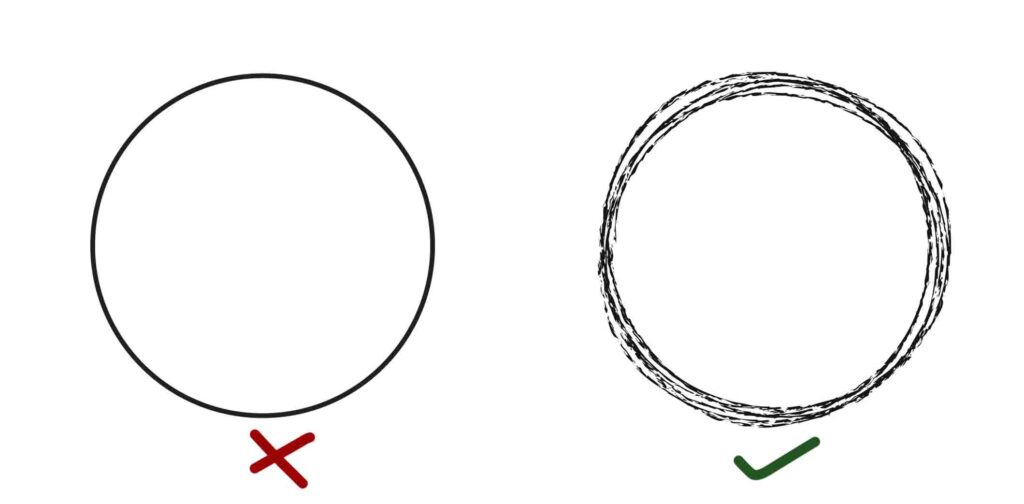
You want to focus on creating the general shape instead of committing to creating a final version of whatever you are trying to draw or sketch. Just remember that it’s not going to be perfect, and it’s not supposed to be anyway!
Once you are happy with your 2D shapes and want to step it up to more of a 3D effect, the first thing you need to know is: What does it mean for a shape to be 3D?
Well, my friends! might sound stupid, but it means giving the 2D shape more dimension, depth, and value. And in order for you to do that as an artist, you would first think, Where’s my light source?
A light source will help you figure out where to shade and where to highlight so you can make your drawing realistically 3-dimensional.
Take a look at this sphere right here. Can you tell me where the light is coming from?
Exactly! You guessed it right!
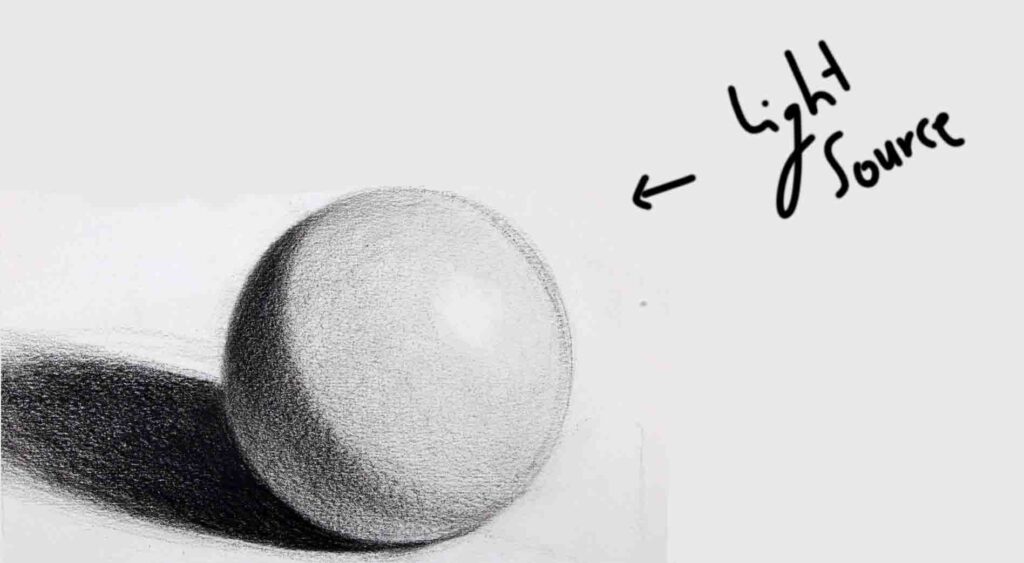
It is now time for you to start experimenting with different light sources, shapes, and dimensions. The more you practice, the easier it gets.
2- Draw and sketch things around you
Your next step is to start practicing still life. I used to sketch flowers, eyes, and my hands all the time. These kinds of drawings are called studies. Because they are done following the academic way of studying objects and drawing them.
Always start with basic shapes and work your way to the details. A beginner’s biggest mistake is getting caught up in the details.
Read this article: 5 DO’s and DON’Ts for Painting and Drawing: Secrets to a Successful Session
3- Draw a still-life
Make a still-life scene and try to recreate it with graphite or pencils. This will slowly introduce you to learning more about composition, art elements, art principles, and how to draw value. Or you can simply subscribe to my blog and read the articles I post weekly 😉
On the other hand, if you prefer to develop your skills in portrait drawing, practice from references and statues, like the famous David statue.
4- Practice anatomy
Also called Écorché drawing. In French, the word écorché means ‘flayed figure’.
For all artists, but especially those interested in figure drawing, studying the anatomy of the human body is what will help you design and draw a body with no reference in the future.
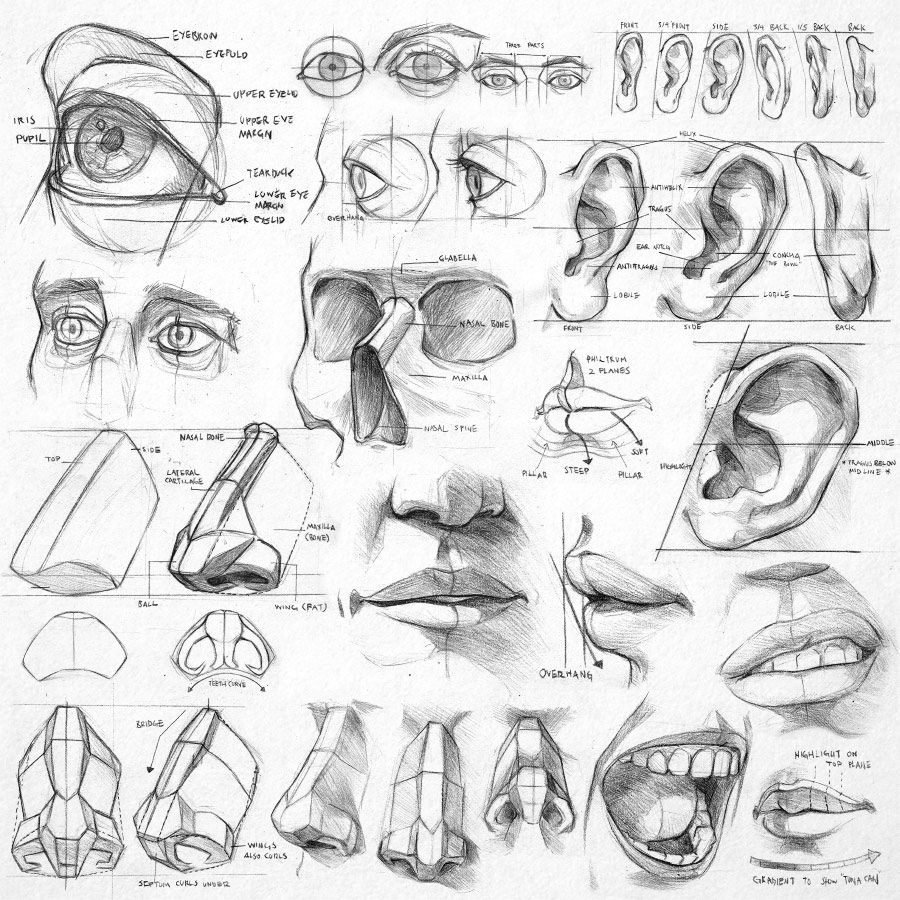
When you understand how muscles and bones are shaped underneath the skin, you will be able to draw and try out different figures, postures, and poses and play with different compositions.
Sorry to tell you, but as an artist, you need to study anatomy the way doctors do!
Joking, but you do actually need to go beyond the front, side, and back forms of the figure. You need to really understand how muscles function alone and in groups so that you can draw the figure in any kind of motion you can imagine.
Start at study drawing the skeleton to know how the body moves and maintains equilibrium, then move to muscles and movement. Study how the form of the muscle changes as the figure moves. Remember that your end goal is to be able to draw from your imagination with no reference.
Check out this book, it’s really helpful.
5- 80% practice and 20% theory
My last tip would be the 80-20 rule. There’s no shortcut to mastering drawing and painting but practice, knowledge, and consistency. Practice will improve your skills, but without knowledge, you will be practicing your mistakes over and over.
You can read this article to learn the right way to follow as a self-taught artist: Art Standards: your go-to plan to learn more about art as a self-taught artist.
Art supplies might help you achieve your desired outcome, but they won’t make great art for you. You can also read this article for more insights on this: Do I need to buy expensive art supplies to make great art?
Conclusion:
Drawing is the right way to start in art, whether your goal is to become an artist or just have fun, I highly recommend you sketch and doodle on a daily basis because it increases your awareness of your surroundings, increases your intuition and memory, and makes you see the world as an artist.

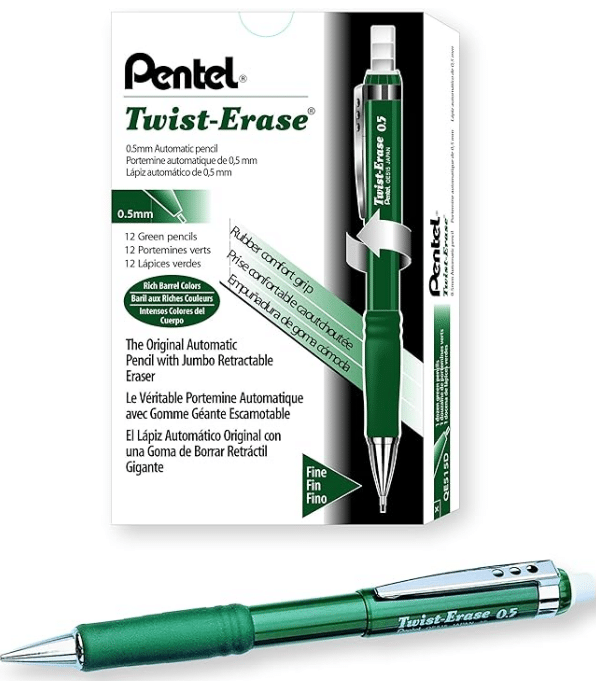
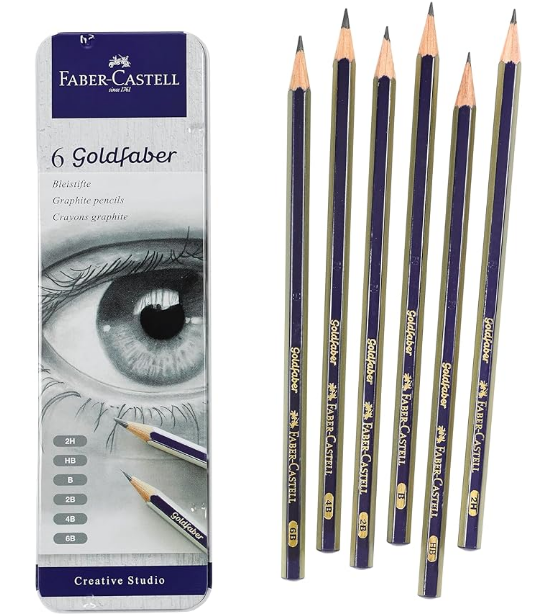
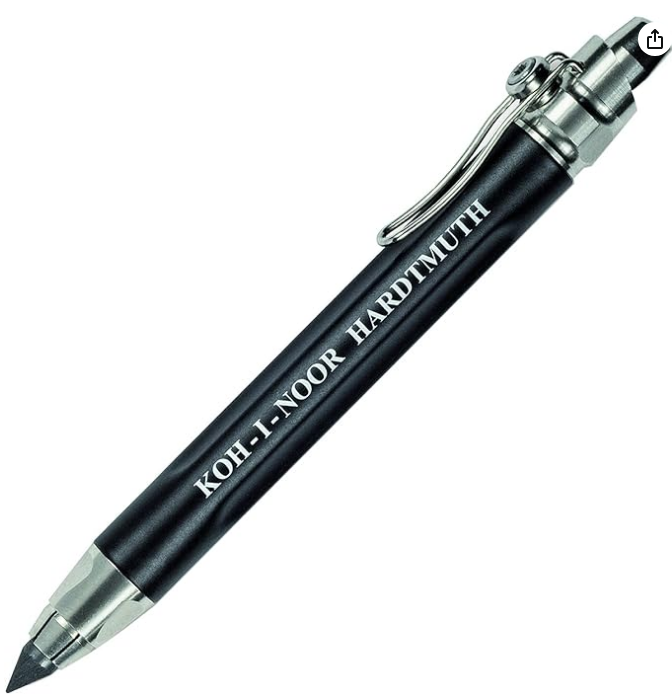
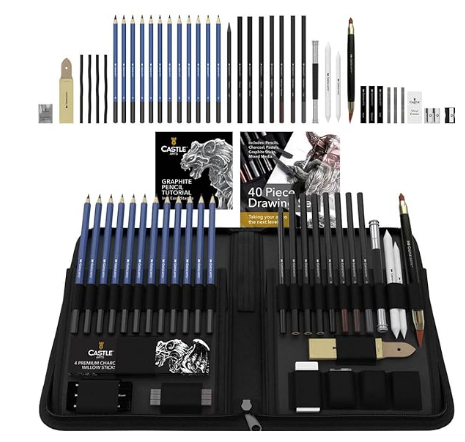
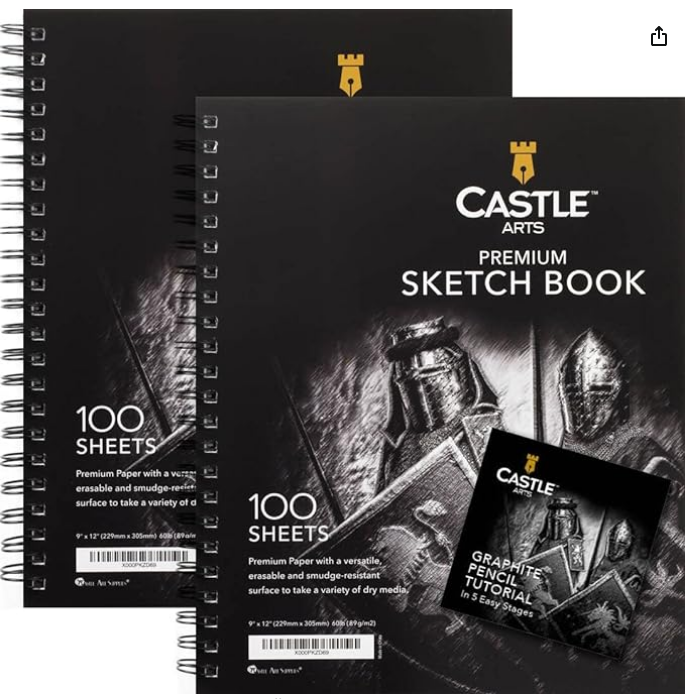
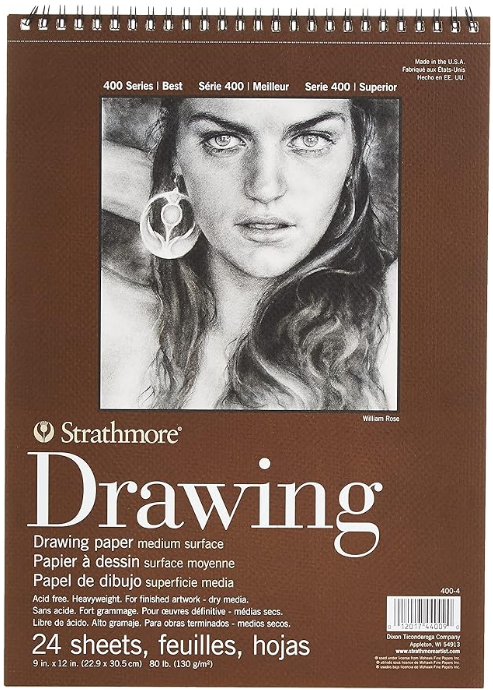
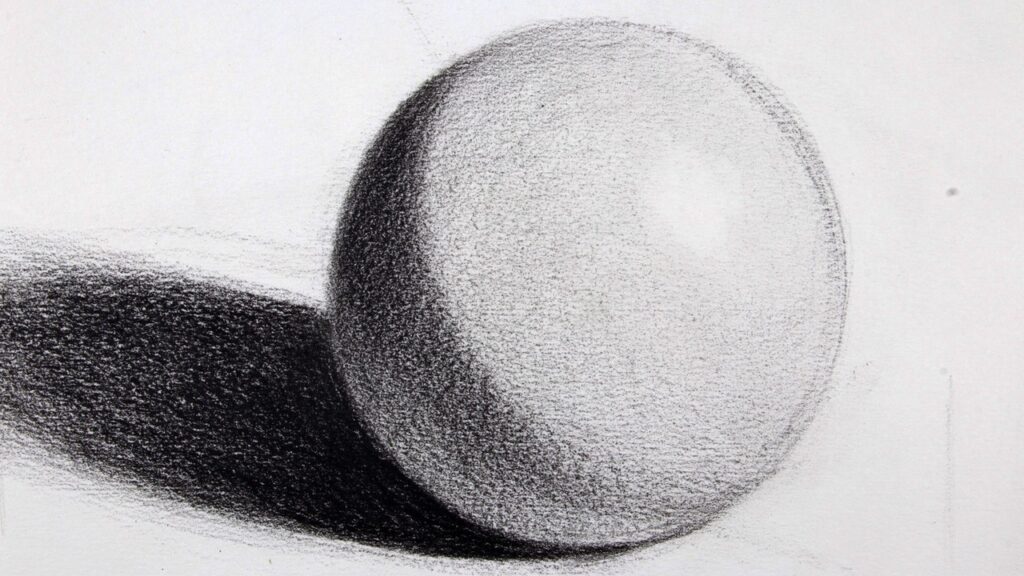
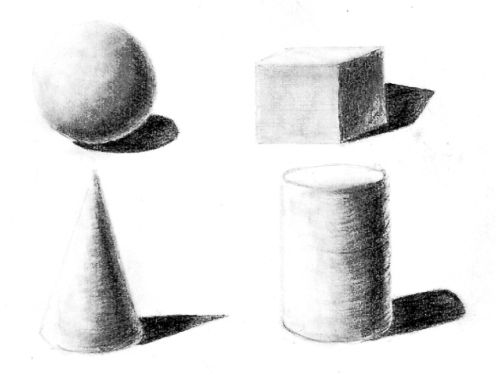
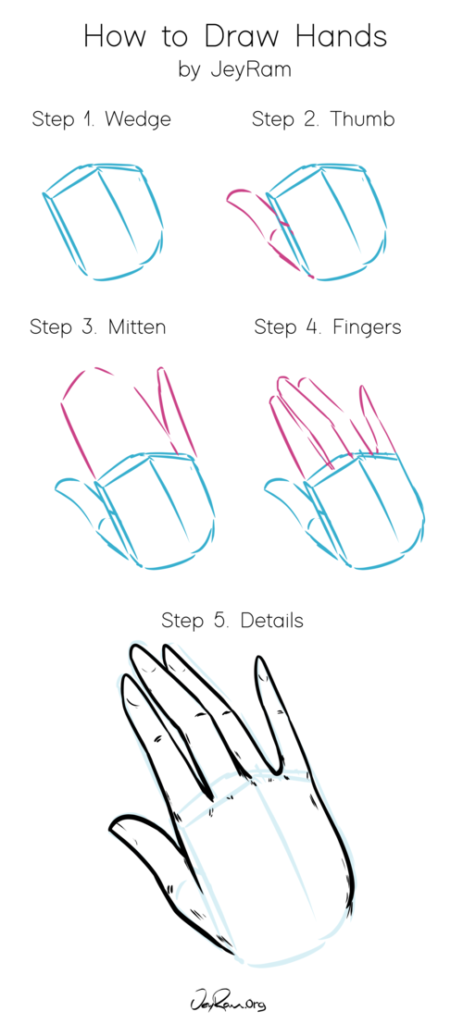
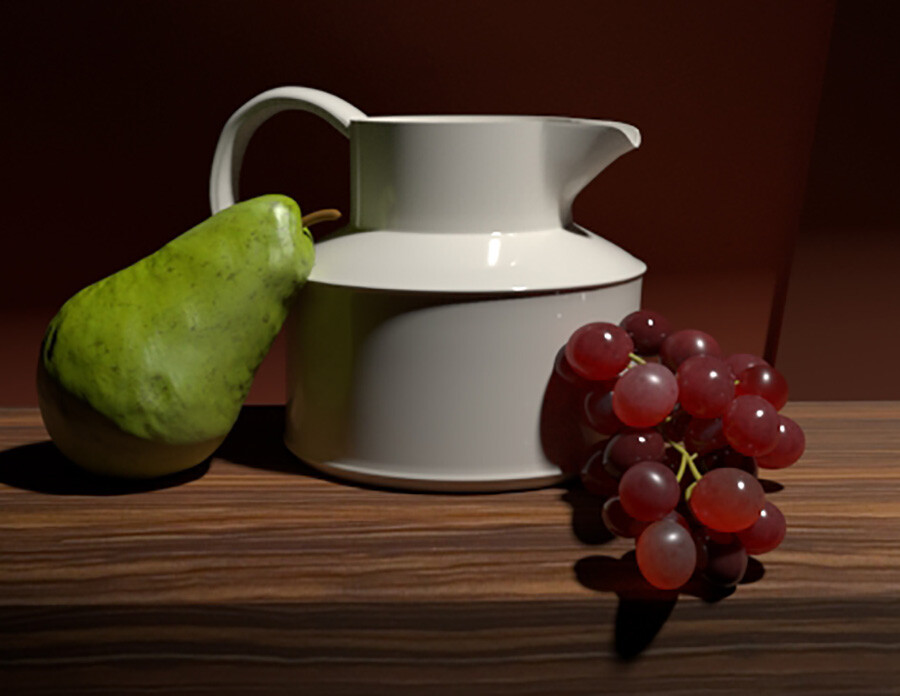
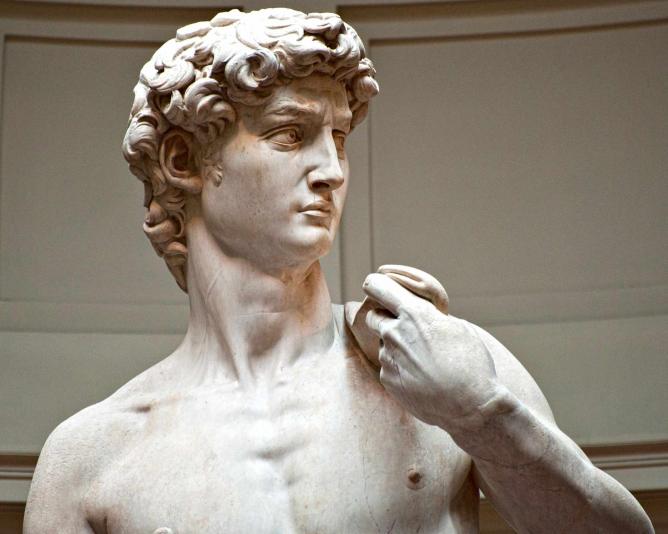
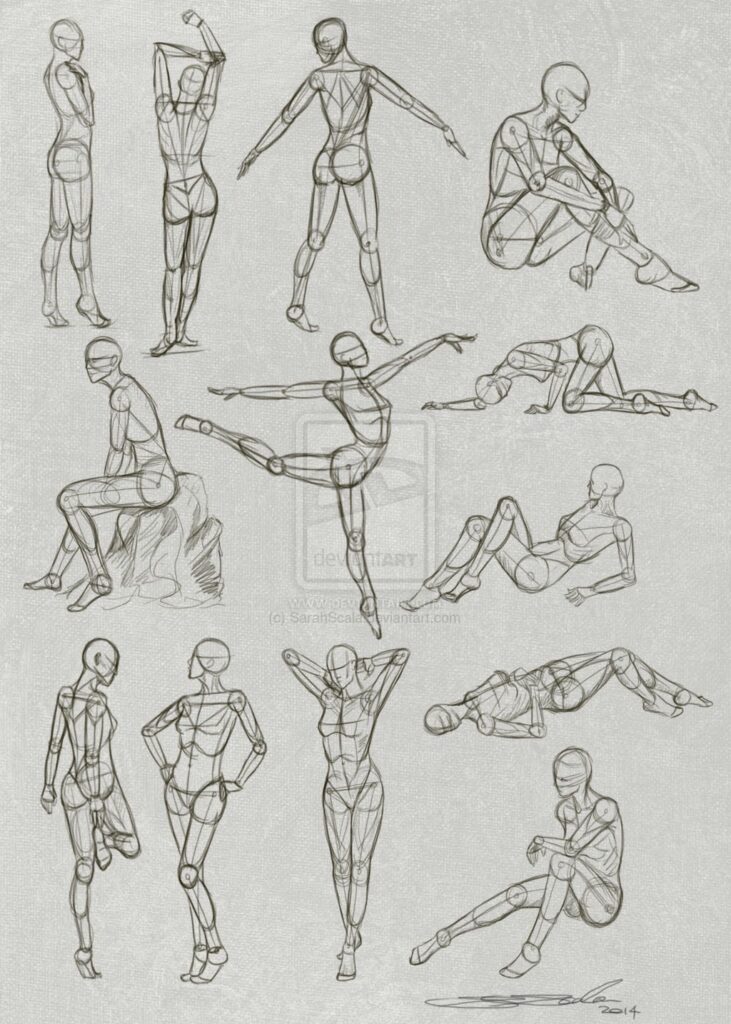

Muy interesante todo ésto aquí… Yo soy una persona que le gusta dibujar ya estoy grande tengo 53 años y apenas estoy aprendiendo a dibujar… tengo una pregunta que me gustaría que me contestara… Cuando hago un dibujo, yo miro que le ponen algún brillo con lápiz blanco y yo intento pintar con lápiz blanco y no pinta nada,. quisiera saber cómo resalta cuando pintan con lápiz blanco, o que me digan la marca del lápiz o pluma de tinta blanca, para así yo comprarlo,muchas gracias.
Hola querida, me alegro mucho que hayas encontrado interesante el artículo. En cuanto al bolígrafo de tinta blanca. Yo personalmente uso este de tinta acrílica blanca. Aquí está el enlace para ello en Amazon. link (https://amzn.to/3Z0UYGJ)
Hi Khaoula,
My name is Yolanda. I just ran into your blogs and love them. What is the sketch book with Chinese or Japanese writing ? Those are awesome! Thanks in advance ☺️